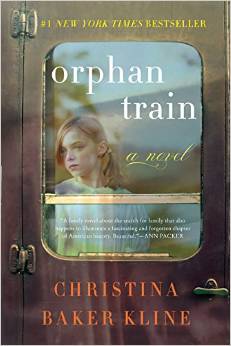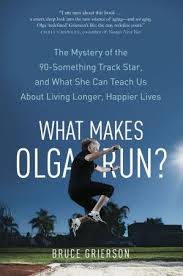In a recent review of The Betrayers, a novel by David Bezmozgis, the reviewer in the LA Times (September 18, 2014) criticizes the book for straining credulity. Of all the rented rooms in all of the small towns of the world, the Russian Israeli protagonist, Baruch Kotler, ends up in a room that is owned by the man who betrayed him to the KGB, Vladimir Tankilevich, the very man responsible for sending him to the Gulag for thirteen years. How plausible is that, the reviewer asks? Implausible. As Kotler’s mistress says to him, ‘The odds of … ending up a boarder in his house, are almost nil.”
Of course, the Yalta encounter between Kotler and Tankilevich is not a chance encounter. Bezmozgis consciously designs the meeting of these old enemies as a bashert moment, to borrow a Yiddish expression. It’s meant to be. Why else would the famed Kotler, who bears some resemblance to the prominent Russian-born refusenik Natan Sharansky, flee a fast-breaking scandal in Israel and seek cover in the Crimea? “If there is a Russian Jew in the world who doesn’t know who you are,” his mistress admonishes him, “I haven’t met him.”
Nevertheless, Kotler is determined to confront his Russian past. ”Call it curiosity. Call it instinct,” Kotler tells his mistress. “And I am a man who has followed his instincts.” To his credit, Bezmozgis makes no effort to hide the literary contrivance at work here. Instead, he uses it to his advantage to develop the personality of Kotler.
But if you are a reader that is swayed by the vagaries of history, then savour the way Bezmozgis depicts the Russian Jewish community of Simferopol, a town not far from Yalta in the Crimea. Every Saturday Tankilevich takes the trolleybus to Simferopol to go to synagogue because ten men are often not available to make a minyan or quorum required for Shabbat services. And when one Jew dies, there’s nobody to replace him. Moreover, the dwindling number of men who pray at the synagogue on Saturday mornings cannot read from the Torah scrolls. They’ve had no training. Only a lingering sense of piety or obligation leads these disheartened Jews to unlatch the ark and reveal the scrolls at all. Just once a year on Simchas Torah do they actually remove the scrolls from the ark, open a bottle of vodka and dance with the Torah on their shoulders. Bezmozgis spares no detail in illuminating the tragicomic fate of the poor Russian Jews of Simferopol: Nahum Ziskin, Moshe Podolsky, Isidor Feldman. His mission is to rescue these menu peuple, the small folk, before they slip through the cracks of history. By giving them names, he succeeds.
So what if the structure of The Betrayers strains credulity? The cameo appearance of the Russian Jews in Simferopol is alive with actuality.

